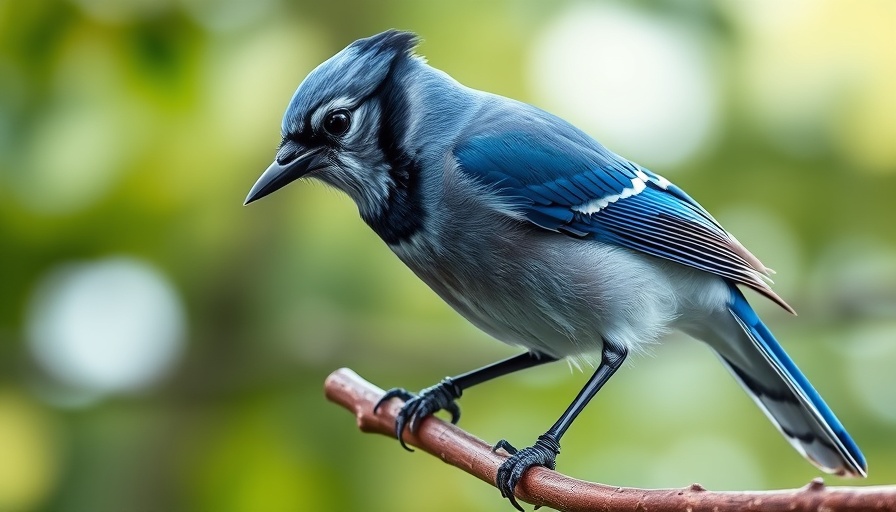
Tragic Bird Flu Case: A Wake-Up Call for Health Warnings
A two-year-old girl in Andhra Pradesh tragically succumbed to H5N1 bird flu, marking the first reported human death from the virus in India since 2021. The child, a resident of Baliah Nagar in Narasaopet, passed away on March 16 while receiving treatment at AIIMS-Mangalagiri, after experiencing severe symptoms that began just days after a likely source of infection—raw chicken—was consumed on February 26.
The National Institute of Virology confirmed her infection on March 24, further prompting health officials to investigate how the virus was transmitted. Family members remarked that the girl had a habit of occasionally eating raw chicken, which is known to pose significant health risks, particularly in relation to avian influenza. This practice may have greatly increased her exposure to the virus.
Understanding H5N1 Risks
The H5N1 virus is notorious for its high mortality rate, reported to be around 50% in documented human cases. Despite the rarity of human infections, the World Health Organization and various health entities globally are keeping a close eye on developments, especially as sporadic cases have been reported across different countries. With the emergence of new strains and potential mutations, there is an urgent need for heightened surveillance and public awareness.
The Importance of Cooked Poultry
The unfortunate death of this young girl underscores the critical importance of proper food safety practices. Undercooked or raw poultry can carry deadly pathogens, including H5N1, leading to serious health implications. Health officials emphasize that thorough cooking of chicken is essential, as high temperatures kill the virus and significantly reduce the risk of infection.
A Call for Awareness and Precautions
This incident serves as a potent reminder of the dangers posed by wildlife diseases crossing into humans—especially considering the interconnectedness of food supply chains and rising global health challenges. Increased community awareness about proper cooking methods, as well as vigilance regarding Poultry products, is vital for preventing such cases in the future.
Establishing better regulations around poultry consumption and raising public awareness can help safeguard communities from the risk factors associated with bird flu. In light of this tragic development, it is imperative that individuals educate themselves on food safety to prevent such heartbreaking incidents.
 Add Row
Add Row  Add
Add 




Write A Comment